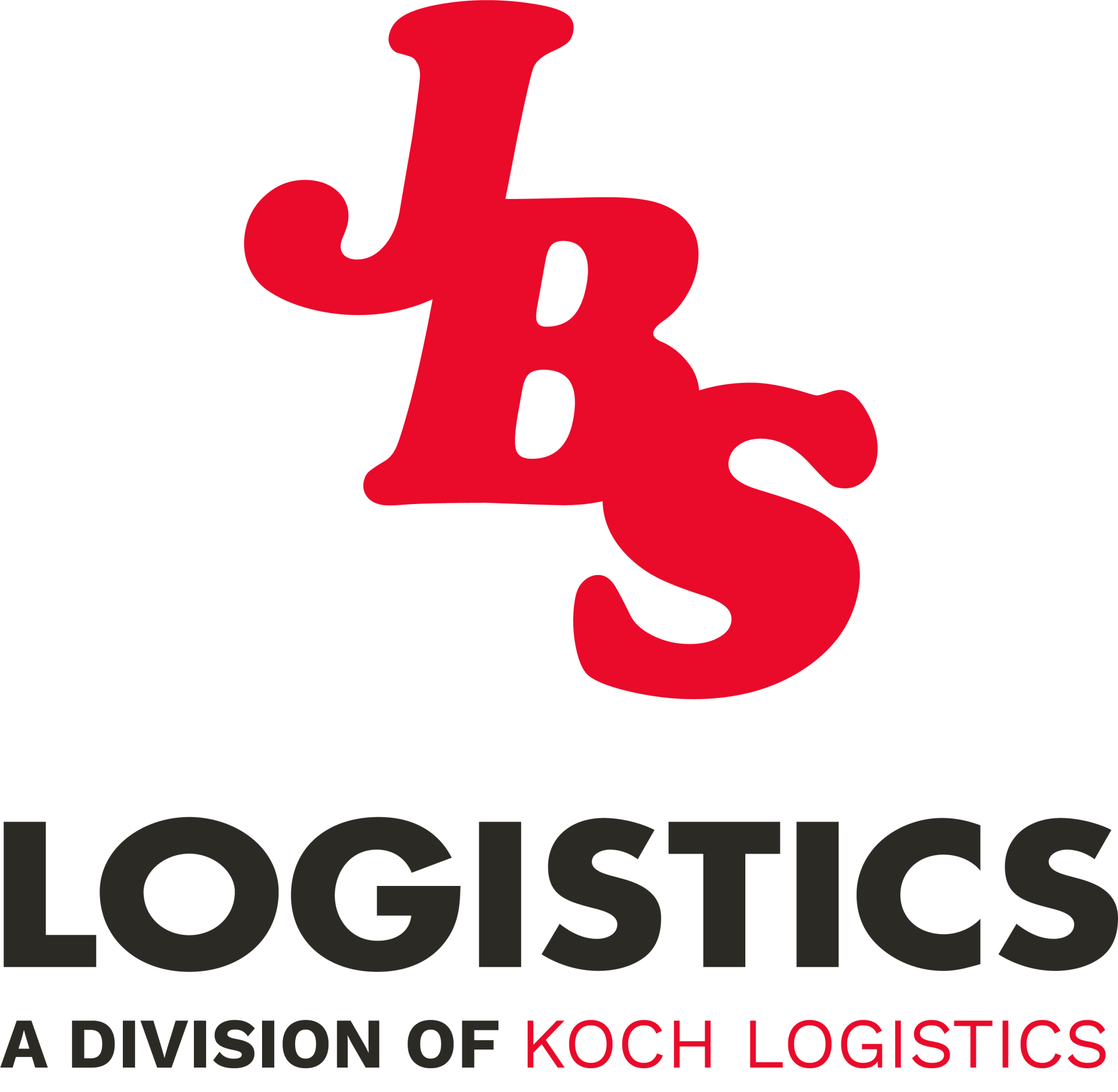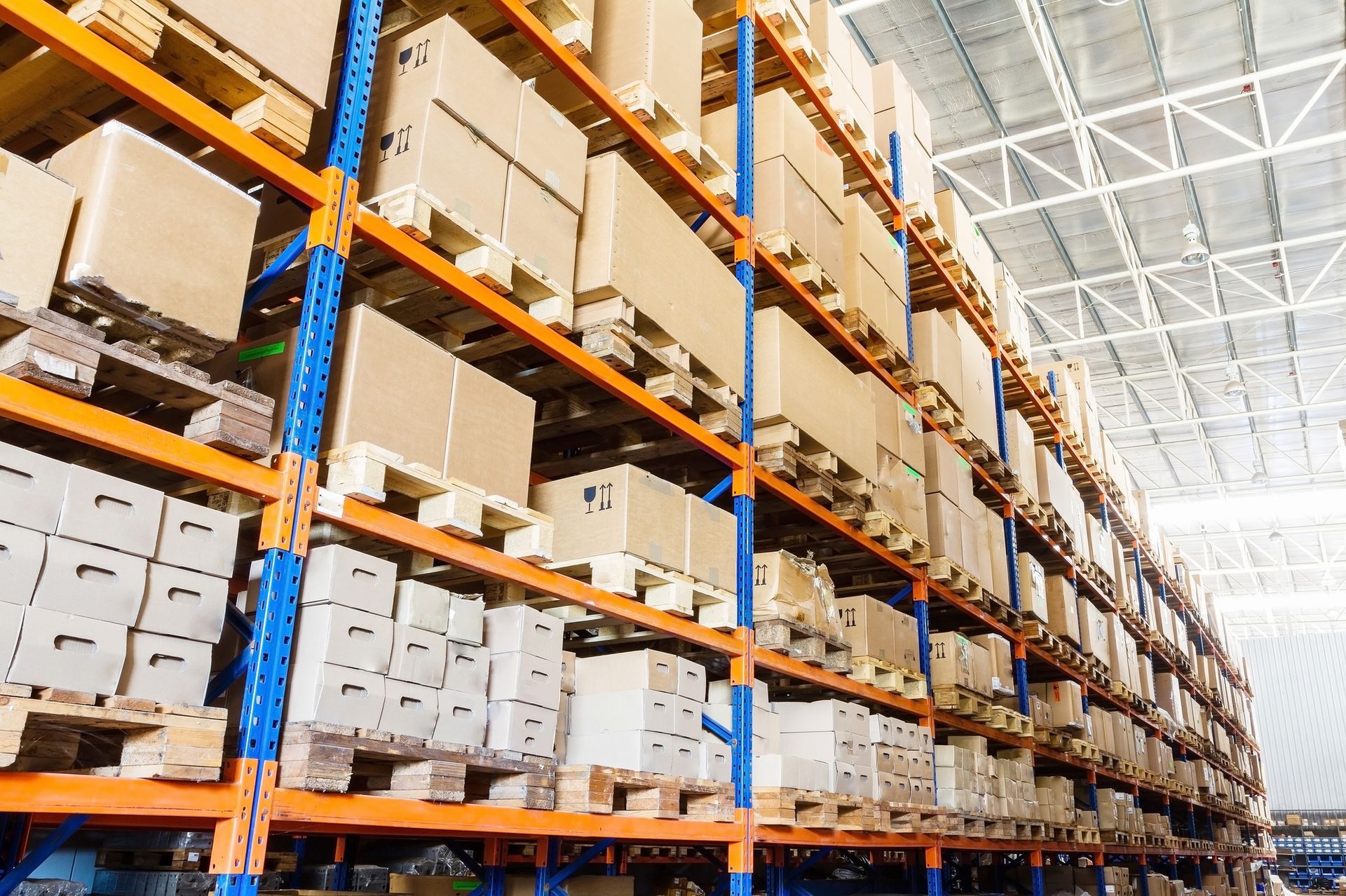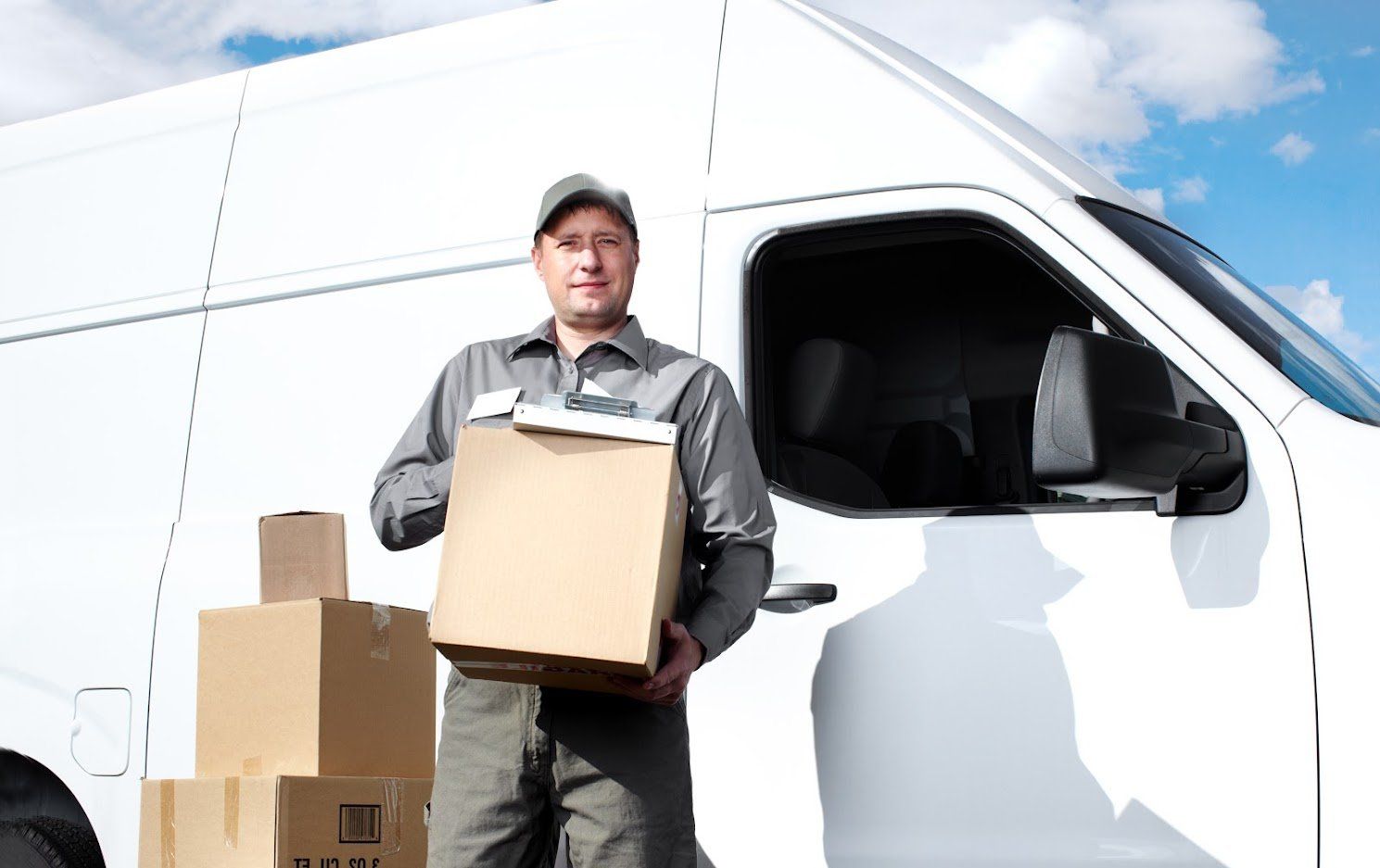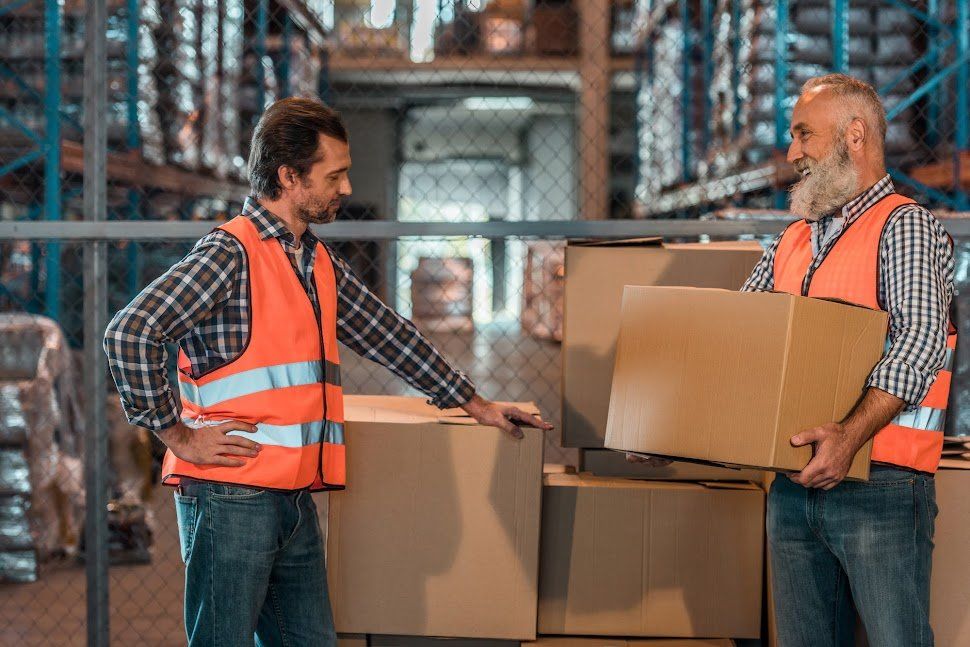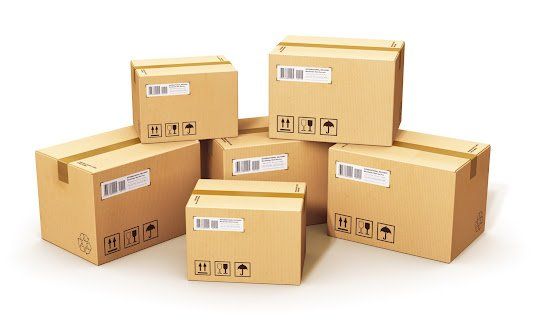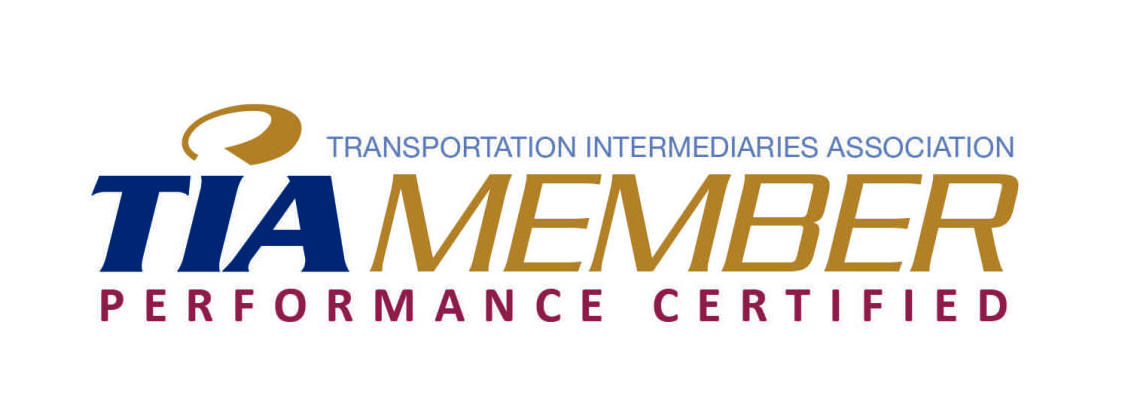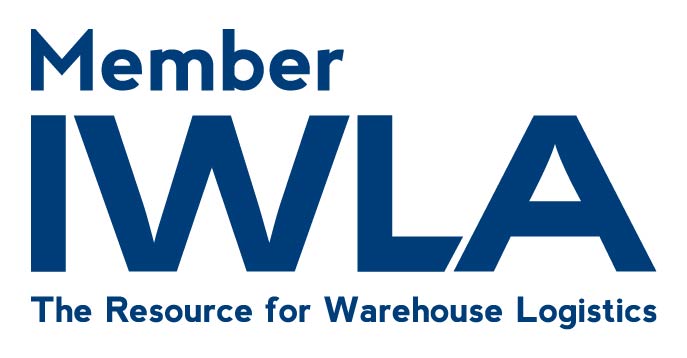Should Your Business Develop a Circular Supply Chain?
Admin • August 14, 2020

Modern supply chains have different goals and needs than those of past decades. Today's supply chains need to be nimble, sustainable, technologically equipped, and lean. One way to help your supply chain reach many of these goals is to change from a linear chain to a circular chain. Why make this shift? And how can you accomplish it? Here's what you need to know.
What Is a Circular Supply Chain?
Traditional supply chains are linear in nature. Their goods travel one direction: from raw materials to manufactured goods to consumed products. However, a circular supply chain seeks to turn this arrow into an ecosystem that cycles back on itself.
How does this work? Consider, for example, the journey of raw materials. These travel to a manufacturing facility where are turned into goods to be sold. However, some waste occurs and is usually discarded. More raw materials come to replace the waste. However, a circular chain would send the waste to a facility that can return it to useful condition to be re-used as raw materials within the loop.
Why Should You Pursue a Circular Supply Chain?
Forming a circular supply chain requires a different mindset than a linear supply chain. For instance, a producer and raw materials supplier would need to look at their generated waste as an opportunity and something of value.
Boosting sustainable production is something that many of today's customers value and which can drive their spending. If you're not the one selling directly to customers, your ability to be eco-friendly builds your reputation and appeal to other suppliers who have a sustainability goal in their business model.
In addition, circular thinking can save money in the long run. If you recycle that waste into something useful, you may be able to sell it to recoup some of your costs. Alternatively, returning waste for rework into raw material may lower your raw materials costs as you work with supplier partners. Even within your own company, rework of returned goods means you purchase fewer new items and materials.
Many local and regional governments are also increasing mandates for businesses to clean up their manufacturing, to reduce waste, or to increase recycling. A business that gets ahead of such requirements can do so in its own time and with its own processes and choices — rather than being forced into more costly or emergency changes later.
How Can You Create a Circular Chain?
The first step is likely to spend time collecting and analyzing data to identify ways to return used goods back into the supply chain. Be prepared to onboard new suppliers or seek changes in existing practices. And your manufacturing process may need to adopt new technologies to improve the capture of waste, recycling ability, and the reuse of returned goods.
Because this approach can be a big project, you need to work with an experienced supply chain logistics and management service like JBS Logistics. We know the best ways to tackle this type of implementation in your supply chain management. Make an appointment to meet with our team and discuss your current supply chain methods and how you would like to improve them. The short-term investment of time and effort will yield results that make your company more ready to face whatever the future holds.
